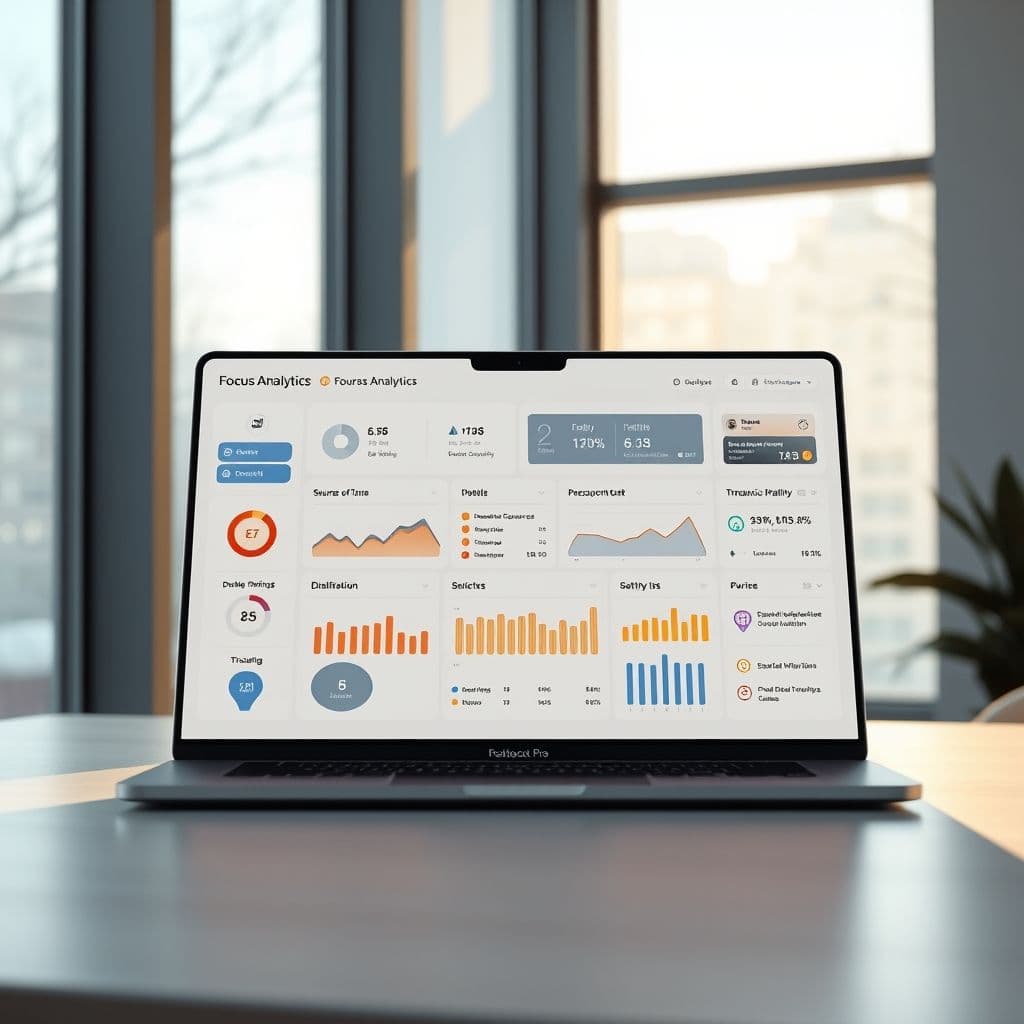The Hidden Productivity Killer: How Poor Time Management Sabotages Your Work

You sit down to work, determined to be productive. Two hours later, you've accomplished shockingly little. Sound familiar? A simple $7 kitchen timer might hold the key to understanding why - and how a smart SaaS solution could transform this revelation into lasting productivity gains.
The painful truth about our work habits
The viral TikTok video reveals an uncomfortable reality: most professionals dramatically overestimate their actual focused work time. When using a simple mechanical timer to track true 'on-task' minutes, users consistently discover they're working at 30-50% of their perceived productivity. This 'focus gap' stems from constant micro-distractions - phone notifications, Slack messages, and that irresistible urge to 'just quickly check' social media.

Beyond Pomodoro: The next evolution of focus tracking
While traditional techniques like Pomodoro provide structure, they lack crucial insights. Imagine a SaaS platform that combines timer functionality with advanced analytics. This hypothetical solution would automatically pause timing when detecting phone usage or app switching, then generate personalized reports showing your true focus patterns, distraction triggers, and optimal work/break ratios.
Key features could include distraction fingerprinting (identifying your personal productivity killers), focus streak tracking (motivating consistency), and intelligent session recommendations based on your historical performance data. Unlike basic timers, it would help users not just measure time, but understand and improve their work habits.

From awareness to transformation
The real power of such a tool lies in its ability to turn raw timing data into behavioral change. By identifying patterns (Do you lose focus after 22 minutes? Is email your kryptonite?), users could implement targeted improvements. Team versions might even help managers optimize meeting schedules based on collective focus patterns, or identify burnout risks through declining focus metrics.
Conclusion
That humble kitchen timer reveals we're all productivity liars - mostly to ourselves. While mechanical solutions provide awareness, a smart focus analytics platform could be the bridge between recognizing our time management flaws and actually fixing them. In an age of endless distractions, understanding our true work patterns may be the competitive edge we've been missing.
Frequently Asked Questions
- How would this differ from existing time tracking apps?
- Unlike passive time trackers, this hypothetical solution would actively detect and categorize distractions, provide intelligent interruption recovery suggestions, and offer personalized focus optimization - going far beyond simple duration measurement.
- What about privacy concerns with activity monitoring?
- A well-designed solution would process sensitive data locally when possible, provide clear opt-in controls for different monitoring levels, and focus on behavioral patterns rather than recording specific app content or communications.
- Could this work for team/enterprise environments?
- Absolutely. Aggregated anonymous data could help organizations identify workflow bottlenecks, optimal meeting times, and even predict burnout risks while maintaining individual privacy through proper data governance.


